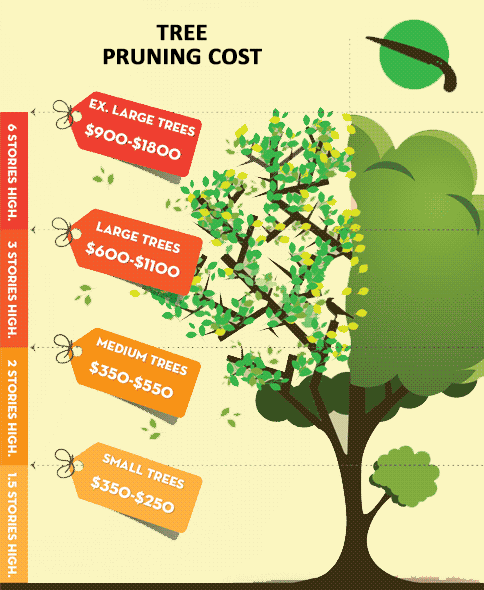Look For Vital Indications That Show Your Tree Might Be A Risk; Acknowledging These Can Assist Safeguard Your Home And Those You Care About.What Should You Keep An Eye On Following?
Look For Vital Indications That Show Your Tree Might Be A Risk; Acknowledging These Can Assist Safeguard Your Home And Those You Care About.What Should You Keep An Eye On Following?
Blog Article
Write-Up Created By-Winther Cormier
When it involves tree treatment, recognizing the signs that it's time for removal is crucial for your security and residential property. You might observe tarnished leaves, wilting branches, or strange fungal developments suggesting illness. Architectural issues, like a substantial lean or fractures in the trunk, can additionally present threats. Understanding Equipment Needed To Start A Tree Removal Business warning signs can assist you make educated choices concerning your trees and stop prospective threats lurking in your lawn. What should you seek following?
Indications of Degeneration and Condition
When you see signs of degeneration and illness in your trees, it's important to act promptly. Look for stained leaves, wilting branches, or unusual growths like fungi. These can indicate that your tree is battling.
If you see splits in the bark or soft, mushy wood, these signs suggest interior decay. Additionally, a sudden rise in parasites around your tree can signal that it's deteriorated and susceptible.
Look for any kind of dead or dying limbs, as they posture a threat to your residential property and safety and security. If you doubt about what you see, seeking advice from an arborist can give quality.
Addressing these indications early can save you from much more extensive damages and guarantee the wellness of your lawn. Don't wait until it's far too late.
Structural Instability and Leaning
As you observe your trees, keep an eye out for any type of signs of architectural instability or leaning. If a tree leans substantially, it might show that the root system is jeopardized.
Search for any kind of cracks in the trunk or dirt around the base; these can indicate possible failing. Additionally, look for uncommon growth patterns, like an unbalanced crown, which may recommend that the tree is having a hard time to hold itself upright.
If you notice that the tree leans toward your home, high-voltage line, or other structures, it positions a higher danger. Don't neglect these signs-- speak with an arborist to evaluate the scenario.
Acting early can stop expensive damages and ensure your safety and security.
Dead or Perishing Branches and Vegetation
If you see dead or dying branches and foliage on your tree, it's a clear indication that something's wrong.
These undesirable locations can indicate underlying concerns like condition, bug problems, or ecological tension. When branches shed their leaves or turn brown, they're no more contributing to the tree's wellness. Overlooking these indicators could cause additional decrease, making your tree more harmful.
Dead branches can conveniently break short throughout tornados, positioning a danger to home and individuals close by. It's critical to analyze the degree of the damage.
If the trouble affects a substantial part of the tree, consider speaking with a specialist. They can help identify if removal is required to make sure security and preserve the charm of your landscape.
Verdict
If you observe any signs of decay, architectural instability, or dead branches on your trees, do not neglect them. These indications can position serious safety dangers to you and your residential property. It's always best to consult a professional arborist that can provide a specialist analysis of your trees. Doing something about it early can prevent mishaps and pricey damage, guaranteeing your landscape continues to be secure and healthy and balanced. How To Properly Trim Tree Branches in mind, it's much better to be positive concerning tree care than to wait for a catastrophe to happen.
